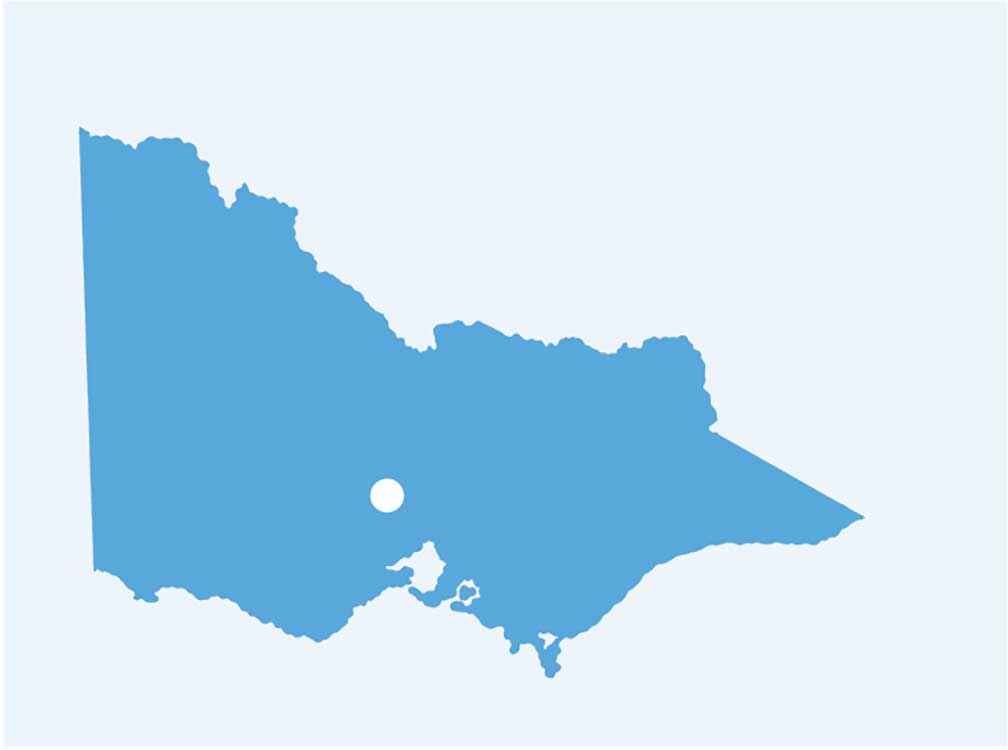Victorian Landcare Magazine - Spring 2017, Issue 70
Over the last decade volunteers from the Tarrangower Cactus Control Group (TCCG) have formed an army of cactus warriors who have destroyed millions of wheel cactus plants in their local landscapes including many historic gold mining sites.
Wheel cactus is an extremely resilient plant. It is difficult to destroy due to its thick, waxy skin and because it reproduces both vegetatively and from seed. TCCG members have spent years researching different techniques to eradicate the plant and have developed a specific injection tool, which effectively delivers herbicide directly into the plant.
TCCG has developed a successful community-based approach to wheel cactus control. They have raised awareness of the weed within their community through newsletters, brochures, media releases and an informative website. The group maintains its high profile by participating in the annual Maldon Easter Parade and through market stalls, sausage sizzles and selling cactus warrior t-shirts.

Above: Cactus warriors (from left) Cheryl Kane, Steve Templeton and Bridie O’Rielly educate the local community about wheel cactus at the annual Maldon – Barringhup Agricultural Show.
Landholders are educated on how to treat wheel cactus infestations on their properties through regular community field days. The group then assists landholders with free equipment loans and plant disposal.
Group President, Lee Mead, says the group owes a great deal to its passionate volunteers.
“There’s a core group that’s been working for at least 15 years now. The weed itself provides the motivation – it’s such a horrendous weed and extremely invasive. We’ve been successful at educating the local community about the weed and the majority of our local landholders are chipping away at the problem on their own properties.
“The big challenge for us now are the absentee landholders. It’s difficult to contact them as they come up to their properties so infrequently and they often ignore the problem,” Lee said.

Above: Location of Tarrangower Cactus Control Group
TCCG volunteers, in collaboration with Parks Victoria, have successfully treated wheel cactus infestations within the Maldon Historic Reserve. Major infestations of mature wheel cactus plants at the Mt Tarrangower and Anzac Hill historic gold mining sites have also been controlled. This has restored the heritage and cultural value of these sites, allowing the community to enjoy them once again for leisure and recreation.
TCCG has a strategic action plan that is reviewed annually. The plan helps the group to manage its priorities and organise its many relationships with volunteers, landowners, work crews, tertiary students, scouts, contractors and other land managers such as Parks Victoria and Mount Alexander Shire.
The group has successfully involved work crews including the Green Army, and drought relief and Work for the Dole teams on cactus control projects. It has used grants to employ weed contractors to treat wheel cactus infestations along roadsides within the shire.
Lee Mead is hopeful a new bio control agent using the cochineal insect could help to win the war against wheel cactus.
“We are having some success with bio control. It’s a slow process, it could take another couple of decades before we beat the weed, but whatever happens, we won’t give up,” Lee said.
The TCCG has been a positive force in the community. It has linked townsfolk with their rural neighbours and involved people of all ages, ability and experience in restoring their local environment.